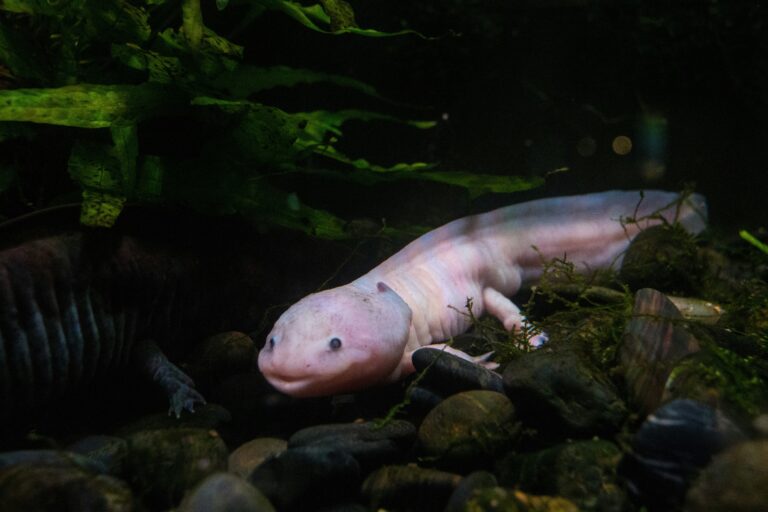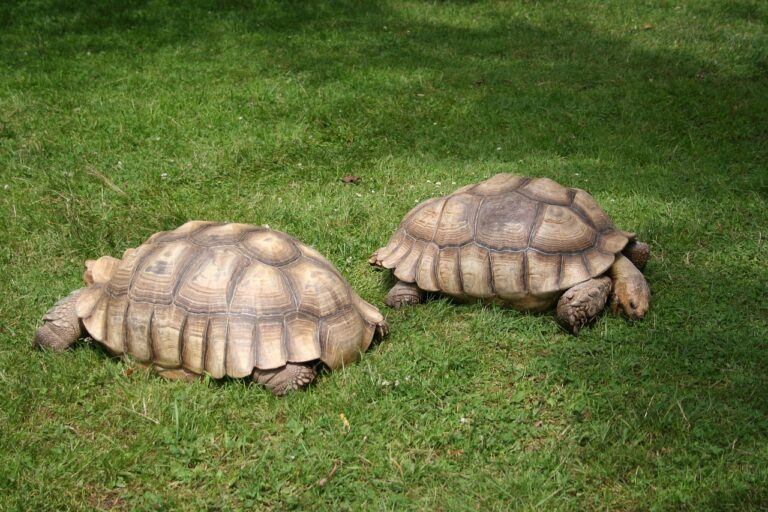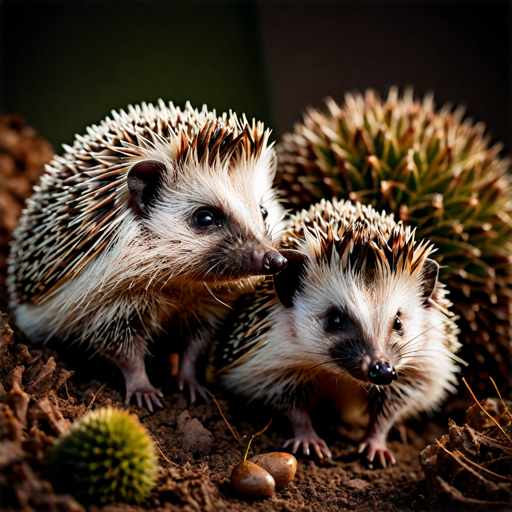Unveiling the Mysteries of the Russian Tortoise: A Journey into the Enigmatic World of These Petite Reptilian Wonders

Step into the enigmatic world of the Russian Tortoise, a petite reptilian wonder waiting to be unraveled. These mysterious creatures have captured the hearts of reptile enthusiasts and curious minds alike. In this captivating journey, we will peel back the layers of mystery surrounding these fascinating animals.
With their captivating colors and distinctive markings, Russian Tortoises stand out in the reptile kingdom. Known for their hardy nature and delightful personalities, they make wonderful companions for reptile enthusiasts of all levels.
But what sets these creatures apart from other tortoises? How do they adapt to their unique environment? Join us as we uncover the secrets of their natural habitat, diet, and behavior. Discover the peculiarities of their anatomy, including their remarkable ability to withstand extreme temperatures and climates.
Whether you are an aspiring Russian Tortoise owner or simply fascinated by the wonders of the animal kingdom, this article will provide you with valuable insights into the captivating world of the Russian Tortoise. Get ready to embark on a journey filled with intriguing discoveries and surprising revelations.
Physical Characteristics and Natural Habitat of the Russian Tortoise
Russian Tortoises are small to medium-sized tortoises, measuring between 6 to 10 inches in length. They have a distinctive dome-shaped shell with colors ranging from olive green to tan. The shell is highly domed, providing protection against potential predators. Their hind legs are strong and muscular, allowing them to move with agility and speed.
These tortoises are native to the arid regions of Central Asia, including parts of Iran, Afghanistan, and Pakistan. They inhabit a variety of habitats, including grasslands, steppes, and deserts. The arid climate of their natural habitat has shaped their ability to withstand extreme temperatures and conditions.
Russian Tortoises are well-adapted to their environment, equipped with specialized features that allow them to survive in harsh conditions. Their hinged plastron and flexible shell enable them to retract their limbs and head, creating a seal that helps retain moisture during periods of drought. This adaptation allows them to conserve water in their bodies, making them highly resilient in arid environments.
Russian Tortoises are primarily herbivorous, feeding on a diet consisting mainly of grasses, leafy greens, and weeds. Their diet should be high in fiber and low in protein. It is essential to provide a varied and balanced diet to ensure their nutritional needs are met. Fresh water should always be available for them to drink and soak in.
Housing and enclosure setup for Russian Tortoises is crucial for their well-being. A suitable enclosure should be spacious enough to allow them to roam and explore. It should include hiding spots and shelters to provide a sense of security. The substrate should be a mixture of soil and sand to mimic their natural habitat. Temperature and humidity levels should be maintained within the appropriate range to ensure their comfort and health.
Russian Tortoises are generally docile and friendly creatures. They have a curious nature and can become accustomed to human interaction. However, each tortoise has its own unique personality, and some may be more shy or reserved than others. It is important to approach them with patience and respect, allowing them to become familiar with their surroundings and build trust over time.
Reproduction and breeding habits of Russian Tortoises are fascinating to observe. These tortoises reach sexual maturity at around 5 to 7 years of age. Mating usually occurs during the spring season, with males engaging in courtship behaviors such as head bobbing and circling the female. Females lay eggs in shallow nests, and the incubation period lasts for approximately 90 to 120 days. Hatchlings emerge from the nest fully formed and independent.
While Russian Tortoises are generally hardy creatures, they are prone to certain health issues. Respiratory infections, shell rot, and parasitic infestations are among the common health concerns. Regular veterinary check-ups, proper hygiene, and a clean enclosure are essential for maintaining their well-being. Providing a balanced diet and ensuring adequate UVB lighting are also crucial for their overall health.
Interacting and handling Russian Tortoises should be done with care and consideration. They should be handled gently and supported properly to avoid any stress or injury. It is important to wash hands before and after handling them to prevent the transmission of bacteria. Limit handling to short periods and provide them with ample time to rest and recharge.
Frequently asked questions about Russian Tortoises:
Q: How long do Russian Tortoises live? A: Russian Tortoises have an average lifespan of 40 to 60 years in captivity, but they can live longer with proper care.
Q: Can Russian Tortoises be kept with other species of tortoises? A: It is generally not recommended to house Russian Tortoises with other species, as their dietary and environmental requirements may differ.
Q: How often should I feed my Russian Tortoise? A: Adult Russian Tortoises should be fed daily, while hatchlings and juveniles may require more frequent feedings.
Q: Do Russian Tortoises hibernate? A: Yes, Russian Tortoises are known to hibernate during the colder months. It is important to provide them with a suitable hibernation setup and monitor their health during this period.
Q: Can Russian Tortoises swim? A: Although they are not natural swimmers, Russian Tortoises can swim if provided with a shallow pool of water.
In conclusion, owning a Russian Tortoise can bring immense joy and fulfillment. These petite reptilian wonders offer a glimpse into the fascinating world of reptiles. From their unique physical characteristics to their adaptable nature, Russian Tortoises continue to captivate the hearts of enthusiasts worldwide. By providing them with proper care, a suitable habitat, and a balanced diet, you can ensure a long and happy life for these enigmatic creatures.
Must Read: Unveiling the Astonishing Lifespan of Sulcata Tortoises






One Comment